Research on CEL-YOLO Algorithm for Lightweight Detection of Traffic Signs
DOI: 10.23977/autml.2025.060108 | Downloads: 18 | Views: 538
Author(s)
Fuzhaojin Huang 1, Zijian Dong 1, Lingsheng Liang 1, Xinrui Chen 1
Affiliation(s)
1 School of Electronic Engineering, Jiangsu Ocean University, Lianyungang, Jiangsu, 222000, China
Corresponding Author
Zijian DongABSTRACT
Nowadays, in the era of rapid development in the field of intelligent transportation and large information reserves, in order to better adapt to embedded devices and improve the real-time and robustness of intelligent vehicle perception, this paper proposes a traffic sign small target detection algorithm based on YOLOv8 model. First, on the basis of C2f-STAR module, StarNet convolution StarsBlock is added to build C2f-Starsblock, which replaces C2f module in Backbone part of YOLOv8 network to improve the feature representation capability and detection performance of the model. Secondly, based on the BottleNeck of the residual module Faster_Block in FasterNet, the C2f module in YOLOv8 network is replaced, and EMA attention mechanism is added to the C2F-FASTER module to construct the C2f-Faster-EMA module. Improve the ability of C2f module to capture multi-scale feature information; Thirdly, the SPPF module is combined with the large separable Kernel Attention (LSKA) module to construct the SPPF-LSKA module to enhance the feature extraction capability of the model. Finally, a Light Weight Shared Convolutional Detection (LSCD) is added. It can be seen in the CCTSDB2021 traffic sign dataset, finally the improvement of the traffic sign this kind of small target detection accuracy and robustness of the model. To verify the effectiveness of CEL-YOLO, mAP-50 achieves 97.1% in traffic sign detection tasks. When the total number of parameters and calculation amount are reduced by 54.5% and 44.5% respectively, the accuracy remains the same as the original model. The verification results show that compared with the benchmark model, the model is significantly lighter in volume and computation, and is more suitable for small target detection.
KEYWORDS
Traffic sign detection, Lightweight improvement, LSCD, YOLOv8n, Detection accuracy, TT100KCITE THIS PAPER
Fuzhaojin Huang, Zijian Dong, Lingsheng Liang, Xinrui Chen, Research on CEL-YOLO Algorithm for Lightweight Detection of Traffic Signs. Automation and Machine Learning (2025) Vol. 6: 67-77. DOI: http://dx.doi.org/10.23977/autml.2025.060108.
REFERENCES
[1] Benallal M, Meunier J.Real-time color segmentation of road signs[C].Canadian Conference on Electrical and Computer Engineering. Toward a Caring and Humane Technology.IEEE,2003, 3:1823-1826.
[2] Chakraborty S, Deb K. Bangladeshi road sign detection based on YCbCr color model and DtBs vectorf[C].2015 International Conference on Computer and Information Engineering (ICCIE).IEEE, 2015:158-161.
[3] Wang G, Ren G, Jiang L, et al. Hole-based traffic sign detection method for traffic signs with red rim[J]. The Visual Computer, 2014, 30:539-551.
[4] Redmon J, Divvala S, Girshick R, et al. You only look once: unified, real-time object detection[C]. IEEE Conference on Computer Vision and Pattern Recognition, Las Vegas, 2016: 779-788.
[5] Hong Yan, Wang Lei, Su Jingming, et al. Detection of foreign matter in coal mine conveyor belt based on improved YOLOv8 [J]. Industrial and Mine Automation, 2024, 50(06):61-69.
[6] Ye Hanyu, Guo Laide, Li Yuexian, et al. Design of intelligent household waste classification system based on improved YOLOv5 algorithm [J/OL]. Environmental Engineering, 2024, 8(30): 1-12.
[7] Zheng Wenxuan, Yang Ying. Target detection method of ripe fragrant pear based on frequency domain data enhancement and lightweight YOLO v7 model [J]. Transactions of the Chinese Society for Agricultural Machinery, 2019, 55(05):244-253.
[8] Wang Hai, Wang Kuan, CAI Yingfeng, et al. Traffic sign recognition based on improved cascaded convolutional neural networks [J]. Automotive Engineering, 2019, 42(09):256-1262+1269.
[9] WEI Tiancheng, Chen Xiaofeng, Yin Yuanliang. Research on Road traffic sign recognition based on multi-scale Convolutional neural network [J]. Journal of Northwestern Polytechnical University, 2021.39(04):891-900.
[10] Cheng P, Liu W, et al. LOCO: local context based faster R-CNN for small traffic sign Detection[C]. MultiMedia Modeling: 24th International Conference, 2018:329-341.
[11] Daliang Ouyang, Su He, Guozhong Zhang, Mingzhu Luo.Efficient Multi-Scale Attention Module with Cross-Spatial Learning[J],Computer Vision and Pattern Recognition, 2023, 133: 108667.
[12] Liu Y, Sun P, Wergeles N, et al. A survey and performance evaluation of deep learning methods for small object detection[J]. Expert Systems with Applications, 2021, 172: 114602.
[13] ZengJ, ZhongH.YOLOv8-PD: an improved road damage detection algorithm based on YOLOv8n model[I.Scientific reports, 2024,14(1): 12052.
[14] Daquan Zhou, Qibin Hou, Yunpeng Chen, Jiashi Feng, and Shuicheng Yan. Rethinking bottleneck structure for efficient mobile network design. In ECCV, 2020.06.
[15] GUO M H,LU C Z,LIU Z N, et al. Visual attention network[J].Computational Visual Media, 2023,9(4):733-752.
[16] Ma X, Guo FM, Niu W, Lin X, Tang J, Ma K, Ren B, Wang Y. Pconv: The missing but desirable sparsity in dnn weight pruning for real-time execution on mobile devices. InProceedings of the AAAI conference on artificial intelligence 2020 Apr 3 (Vol. 34, No. 04, pp. 5117-5124).
[17] Wu Y, He K. Group normalization[C]//Proceedings of the European conference on computer vision (ECCV). 2018: 3-19.
[18] Tian Z, Shen C, Chen H, et al. FCOS: A simple and strong anchor-free object detector[J]. IEEE transactions on pattern analysis and machine intelligence, 2020, 44(4): 1922-1933.
[19] Zhao Huipeng, Cao Jingsheng, Pan Dijing et al. Traffic Sign small target detection with improved YOLOv8 algorithm [J]. Modern Electronic Technique. 2024, 47 (20).
| Downloads: | 3722 |
|---|---|
| Visits: | 166907 |
Sponsors, Associates, and Links
-
Power Systems Computation
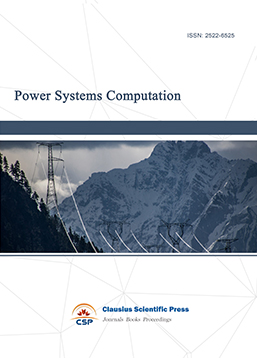
-
Internet of Things (IoT) and Engineering Applications
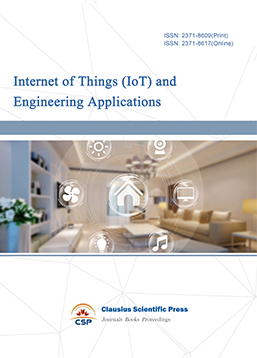
-
Computing, Performance and Communication Systems
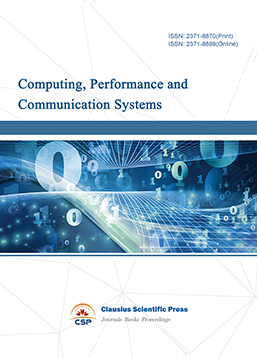
-
Journal of Artificial Intelligence Practice
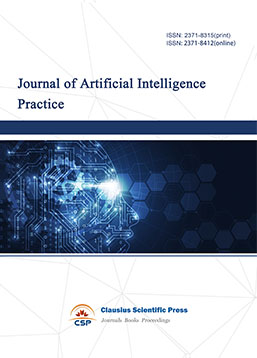
-
Advances in Computer, Signals and Systems
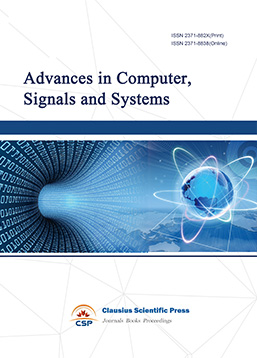
-
Journal of Network Computing and Applications
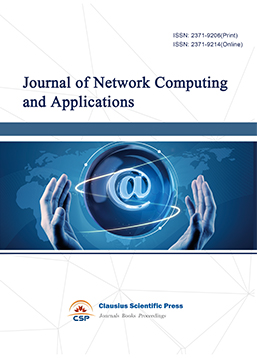
-
Journal of Web Systems and Applications
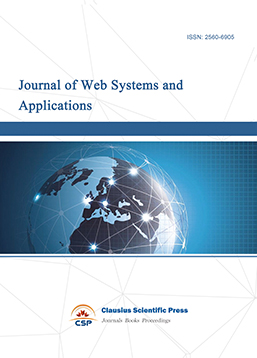
-
Journal of Electrotechnology, Electrical Engineering and Management
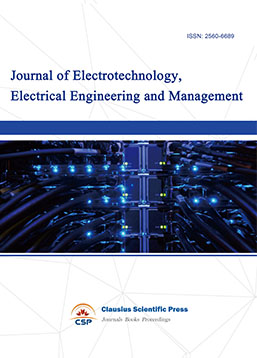
-
Journal of Wireless Sensors and Sensor Networks
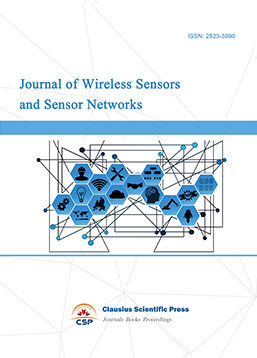
-
Journal of Image Processing Theory and Applications
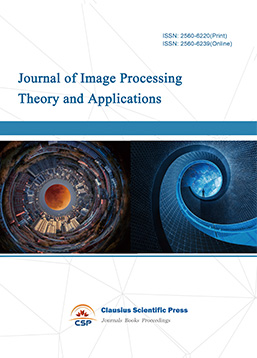
-
Mobile Computing and Networking

-
Vehicle Power and Propulsion
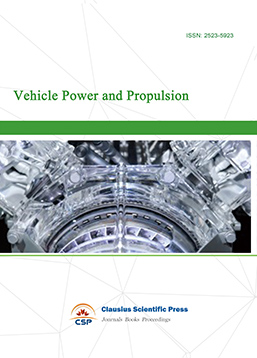
-
Frontiers in Computer Vision and Pattern Recognition
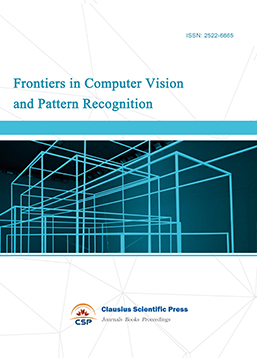
-
Knowledge Discovery and Data Mining Letters
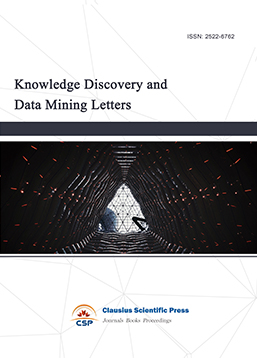
-
Big Data Analysis and Cloud Computing
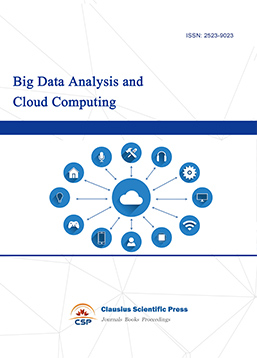
-
Electrical Insulation and Dielectrics
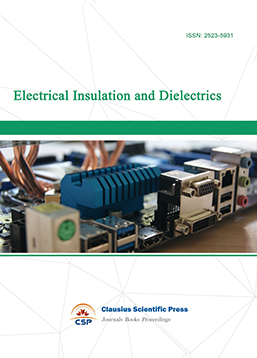
-
Crypto and Information Security
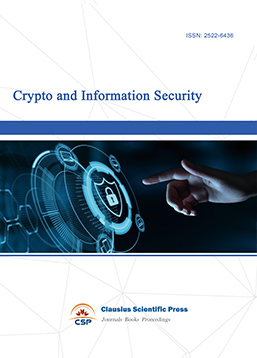
-
Journal of Neural Information Processing
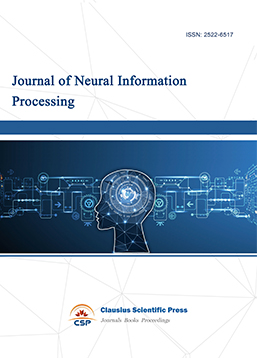
-
Collaborative and Social Computing
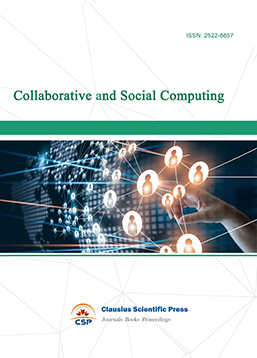
-
International Journal of Network and Communication Technology
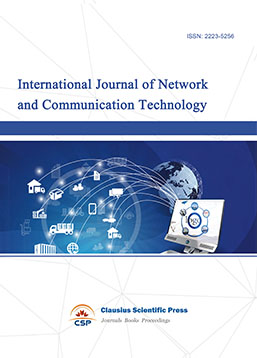
-
File and Storage Technologies
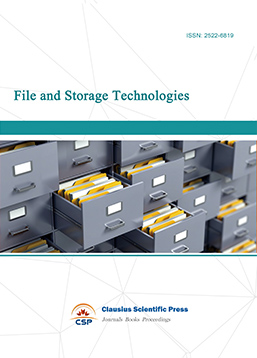
-
Frontiers in Genetic and Evolutionary Computation
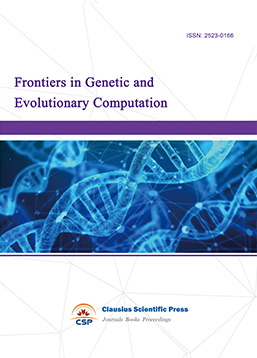
-
Optical Network Design and Modeling
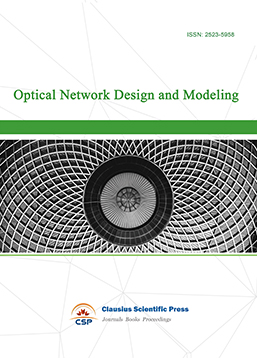
-
Journal of Virtual Reality and Artificial Intelligence
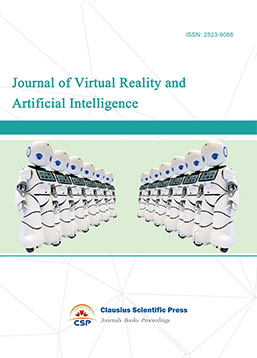
-
Natural Language Processing and Speech Recognition
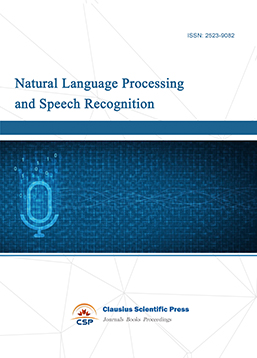
-
Journal of High-Voltage
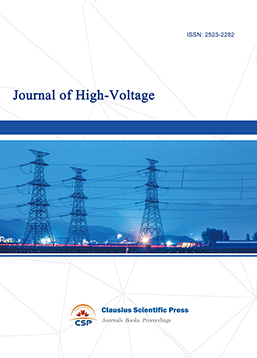
-
Programming Languages and Operating Systems
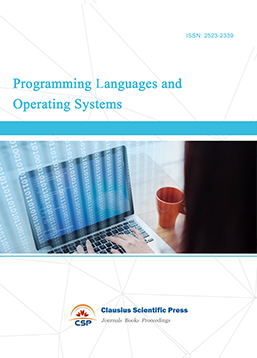
-
Visual Communications and Image Processing
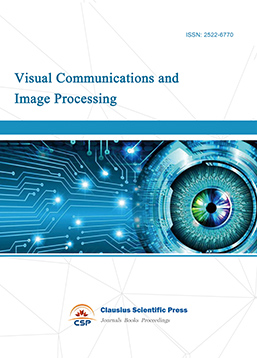
-
Journal of Systems Analysis and Integration
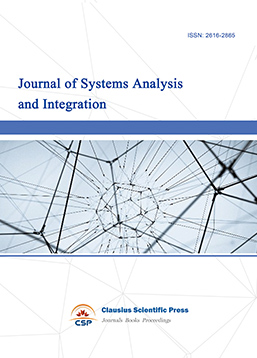
-
Knowledge Representation and Automated Reasoning
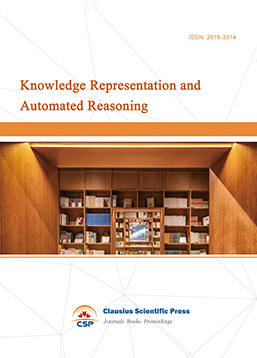
-
Review of Information Display Techniques
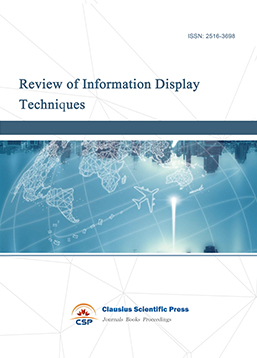
-
Data and Knowledge Engineering
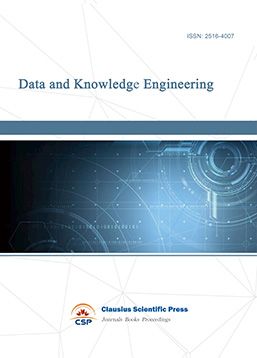
-
Journal of Database Systems
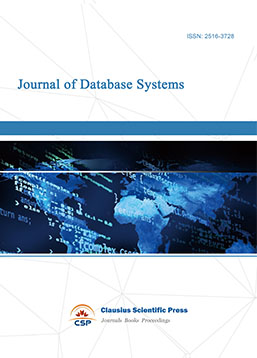
-
Journal of Cluster and Grid Computing
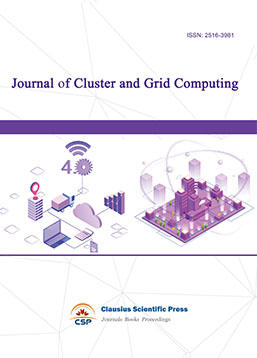
-
Cloud and Service-Oriented Computing
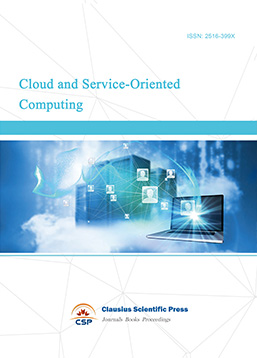
-
Journal of Networking, Architecture and Storage
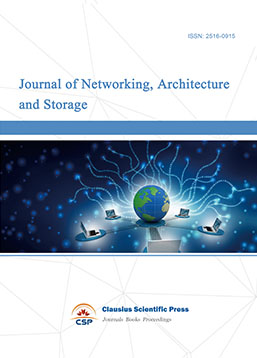
-
Journal of Software Engineering and Metrics
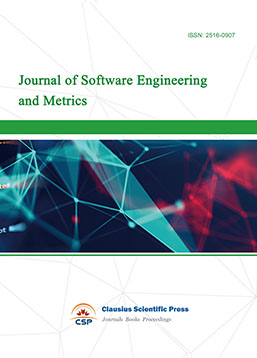
-
Visualization Techniques
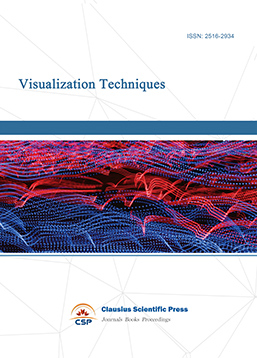
-
Journal of Parallel and Distributed Processing
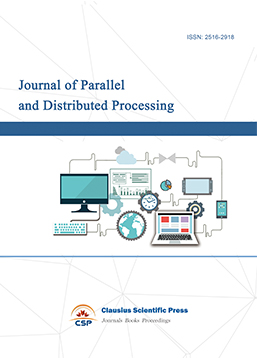
-
Journal of Modeling, Analysis and Simulation
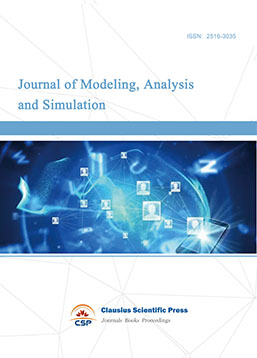
-
Journal of Privacy, Trust and Security
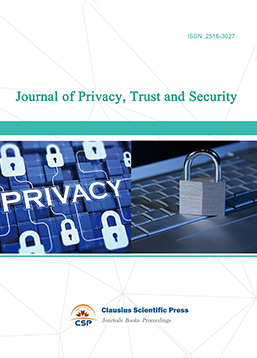
-
Journal of Cognitive Informatics and Cognitive Computing
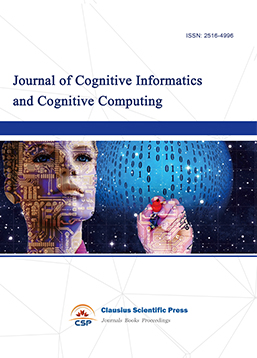
-
Lecture Notes on Wireless Networks and Communications
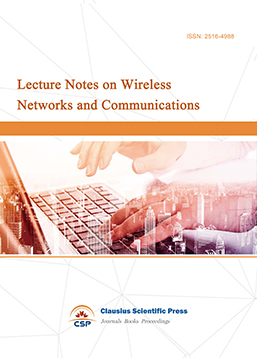
-
International Journal of Computer and Communications Security
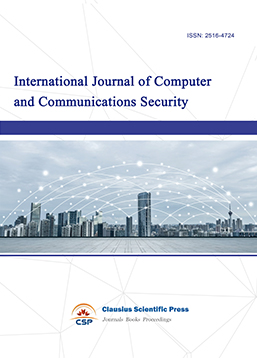
-
Journal of Multimedia Techniques
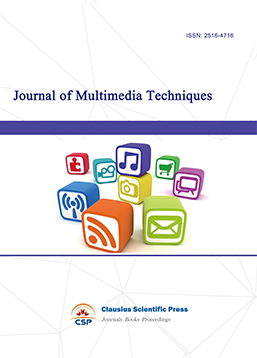
-
Computational Linguistics Letters
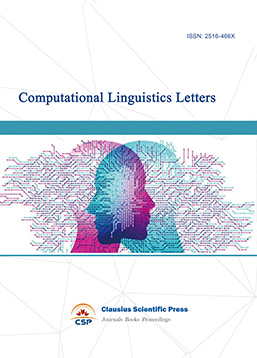
-
Journal of Computer Architecture and Design
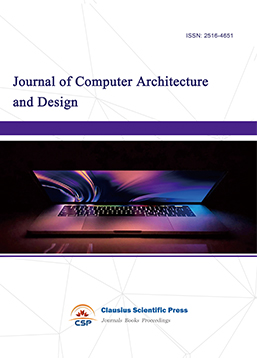
-
Journal of Ubiquitous and Future Networks
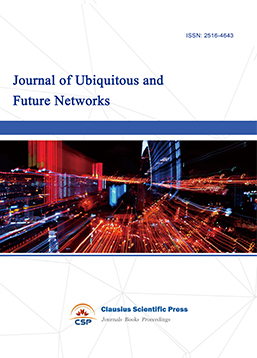

 Download as PDF
Download as PDF